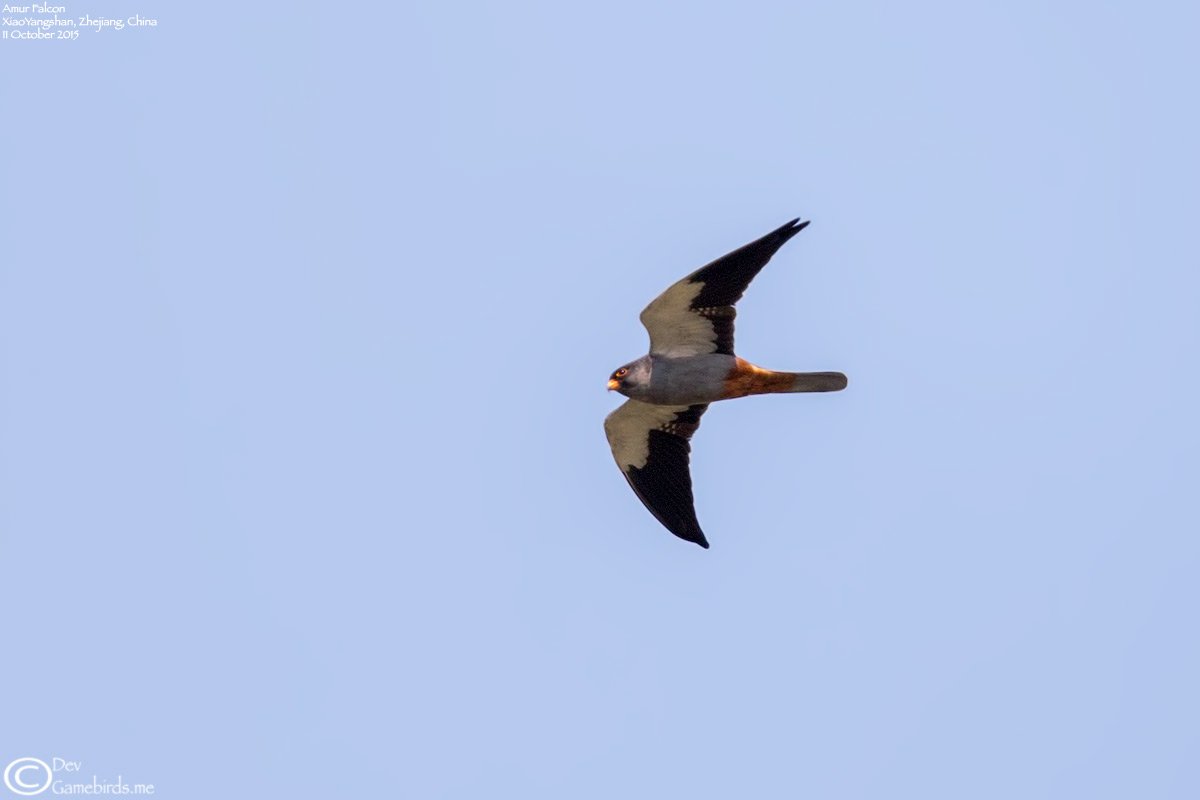
Shanghai is not a key birding spot and it falls under the radar for most of the serious birders and listers. It’s still one of the reliable places along the east coast to see the Endemic “Reed Parrotbill” and the near threatened “Marsh Grassbird”. Last spring, i took couple of birders who were doing an extension of their bird tour just to get a glimpse of the Reed Parrotbill and Marsh Grassbird. With the full scale destruction of reed beds and costal wetlands continue every day, Shanghai’s will soon lose its last hope of a birding spot. Eventhough, habitats continue to shrink at a power of infinity, this autumn once again proved to be a good passage and what i call is the “Number Games”. Being, right smack in the middle of EAAF (East Asian Australian Flyway), Shanghai is still one of the best places in the flyway to experience the migration, extraordinary species in extraordinary numbers.
On 26 September, i made my first visit to XiaoYangshan Island with Allen Wolf from US, the new expat birder in the city. It was a quiet day but we eventually picked up the regular migrants. “Ashy Drongo” gave us a warm welcome, good sign of passerine movement. All three species of dull brown flycatchers were in good no’s. A stunning male “Blue and White Flycatcher” flycatcher perched just infront of Allen to appreciate its beauty. A very photogenic immature “Dollarbird” gave us superb views which is very contrary to the adults which always perch up on the tree tops. Morning was bit slow, but right after 12 noon, the activity picked up, a female “Japanese Paradise Flycatcher“, a “Pechora Pipit” and numerous Phylloscopus warblers made the slog hours very entertaining.
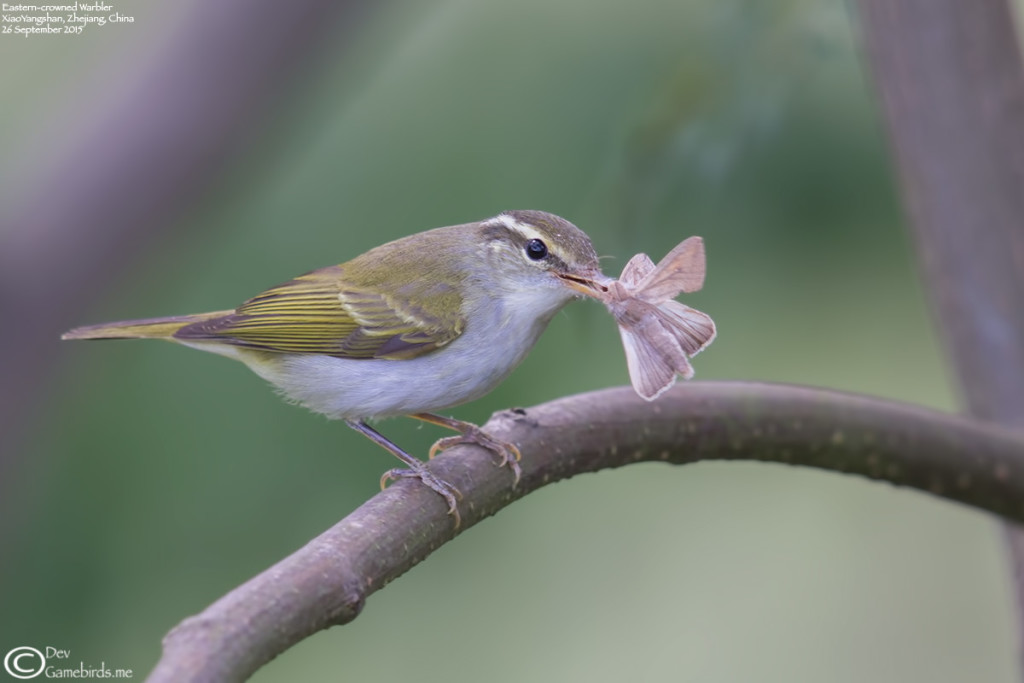
Hungry Anyone?
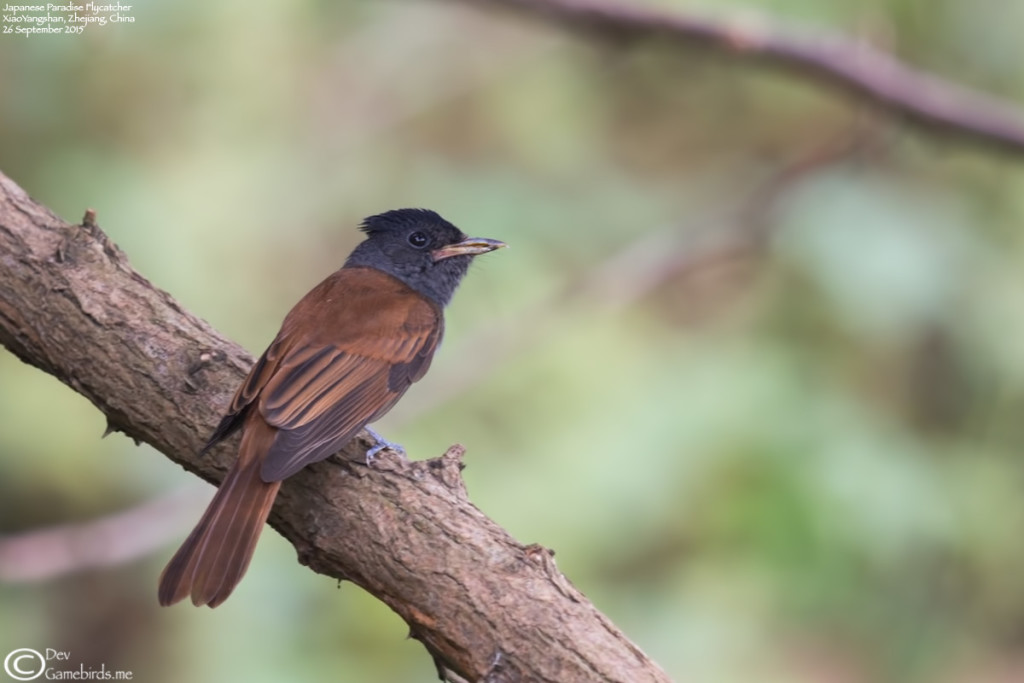
The royal beauty
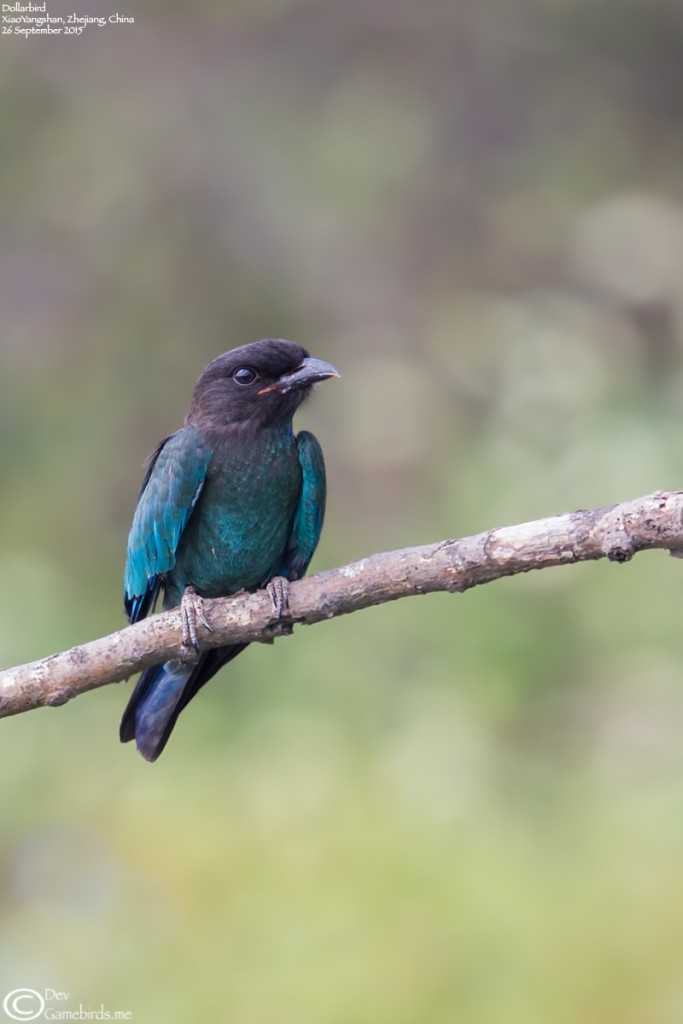
Ever seen a dollarbird eye to eye?
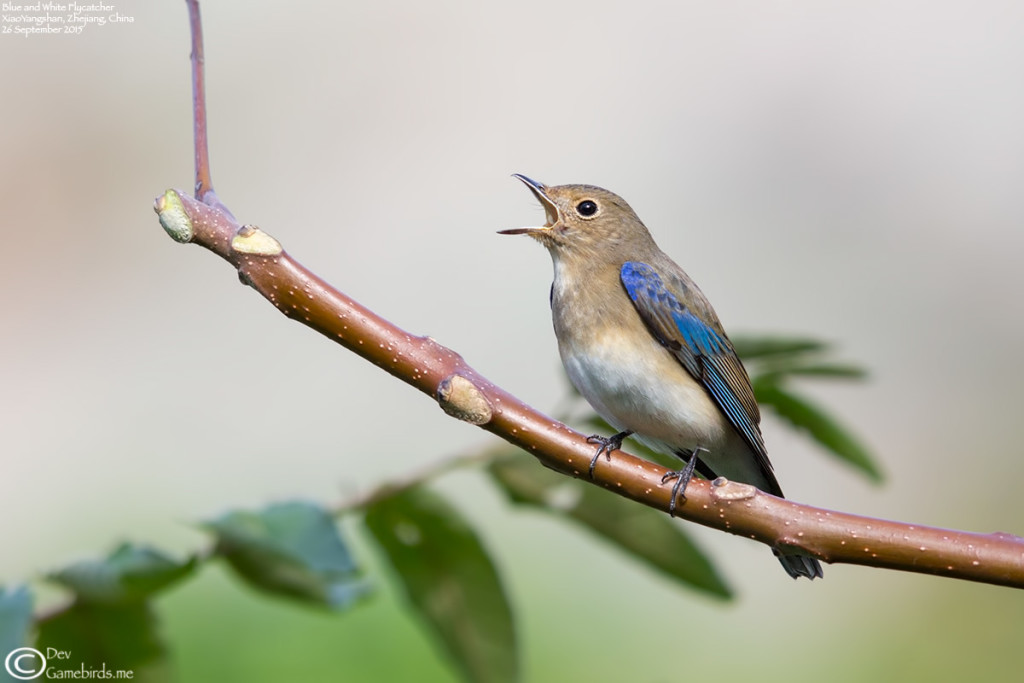
1st winter male
Now, some drabby looking but very confiding birds
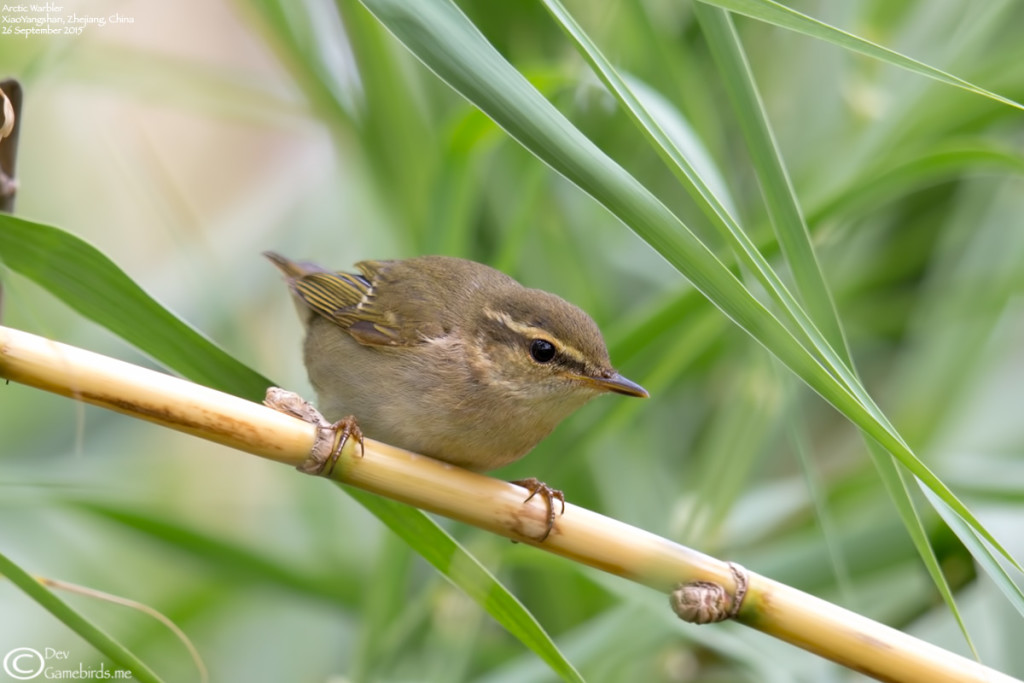
Try couple of whistles and this guy will definitely pop out.
The absolute highlight of the day was waiting for us at Nanhui. We spotted 50-100 Oriental Pratincoles along the WWF sign board road, when the dusk closed in, more n more Pratincoles came in. It turned about to be a colossal flock of 1000+ birds. Now, “Citizens of Shanghai, I welcome you for the annual Number Games and the tributes parade will begin”.

Migrating Oriental Pratincoles
Sometimes, 800mm lens is a disadvantange, if you want to capture the entire flock, this is just the 1%.
Trip 2 was on 11 October, skipping the two weekend in between to avoid the golden week madness. I picked up Kevin Pickering at his residence,who has just returned to Shanghai after a long holiday in UK. Our first surprise of the day came in the form a “Green Sandpiper” and a “Pheasant-tailed Jacana” at the garbage dump site. We had the season’s first “Taiga Flycatcher“, instantly identified by its constant trilling. Kevin put his inbuilt swarovision to good use by spotting a “Northern Boobook“, i had a hard time to locate it, very nicely camouflaged bugger.
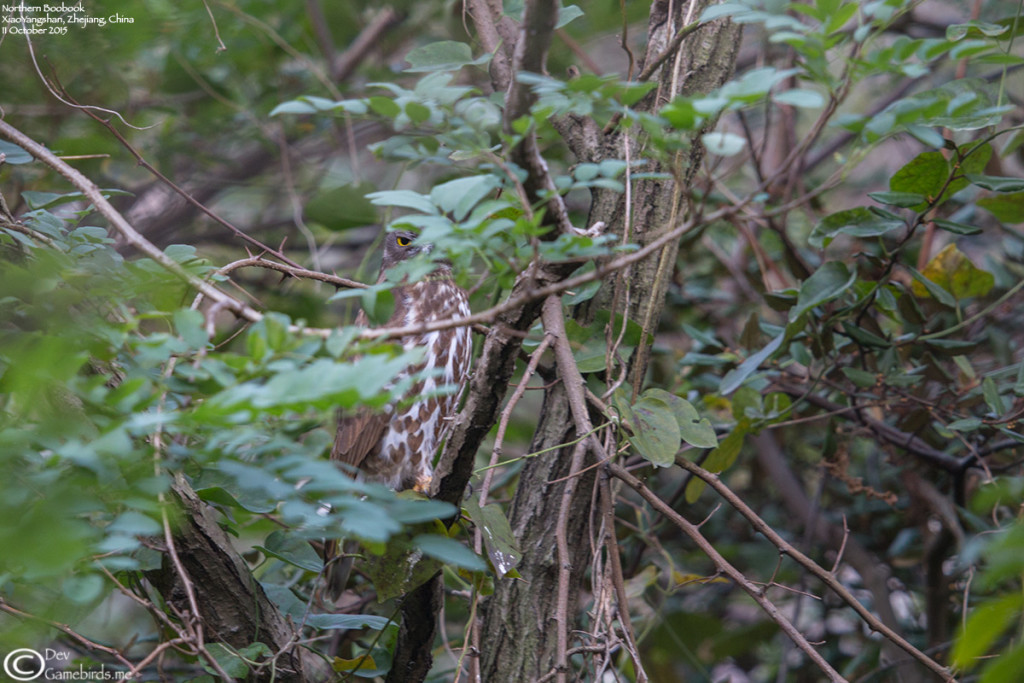
You can’t see me
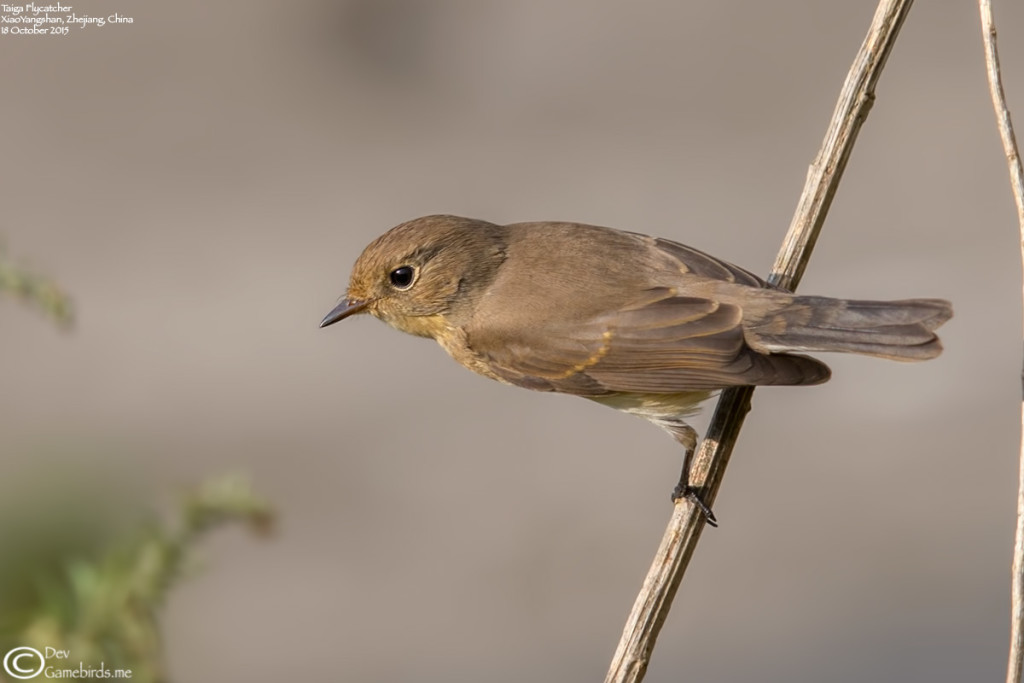
The noisy flycatcher
We also had season’s first “Scaly/White’s Thrush” which was flushed out by an “Eurasian Sparrowhawk“. About 9.30AM when we were ascending the slope of the temple valley, we had our first batch of “Amur Falcons“, 37 birds were in this first wave. It was just the beginning of a memorable day. Few of the birds actually came from the south and other half from the east. That morning had a very strong south-easterly wind and we were totally not expecting any big passage. So far, the morning has been very productive including a couple “Spangled Drongo’s” and three “White-throted Rock Thrushes“. We also met a trio of South African birders, they also saw couple of Amur Falcons. These guys saw the Amurs here and in a month when they go back to South Africa, they will have the Amurs all over the place, Dang!
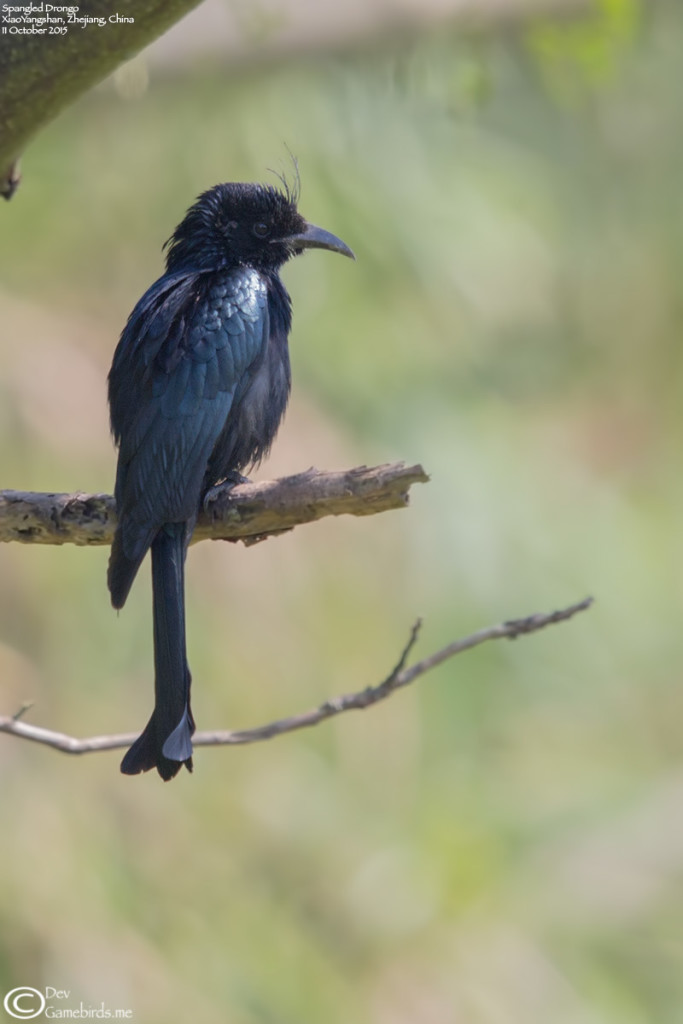
Hair-crested?
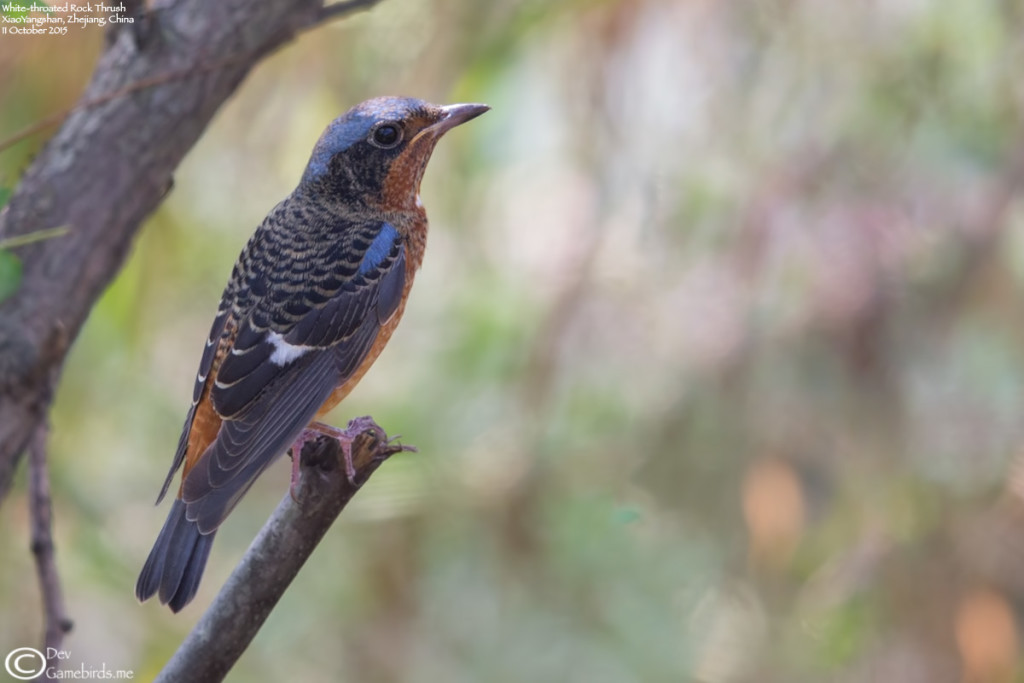
Should it be Tree Thrush?
Today’s Slog hours started to catch up and that’s when the magic happened. The “Amur Falcons” they kept coming and coming. We had a stunning total of 380 birds in two hours(12.30 -2.30 PM). I have seen Amurs before in Shanghai, during October 2012 there were few of them near the Luchao Gang town and single seen in XiaoYangshan and XiaoYangkou, Jiangsu. But these no’s totally blew me off. I Have been visiting XiaoYangshan regularly for the past 2 years and have never seen a big passage like this.

Female Amur

Male Amur
In the excitement of these numbers, i totally forgot that i even had a lifer.
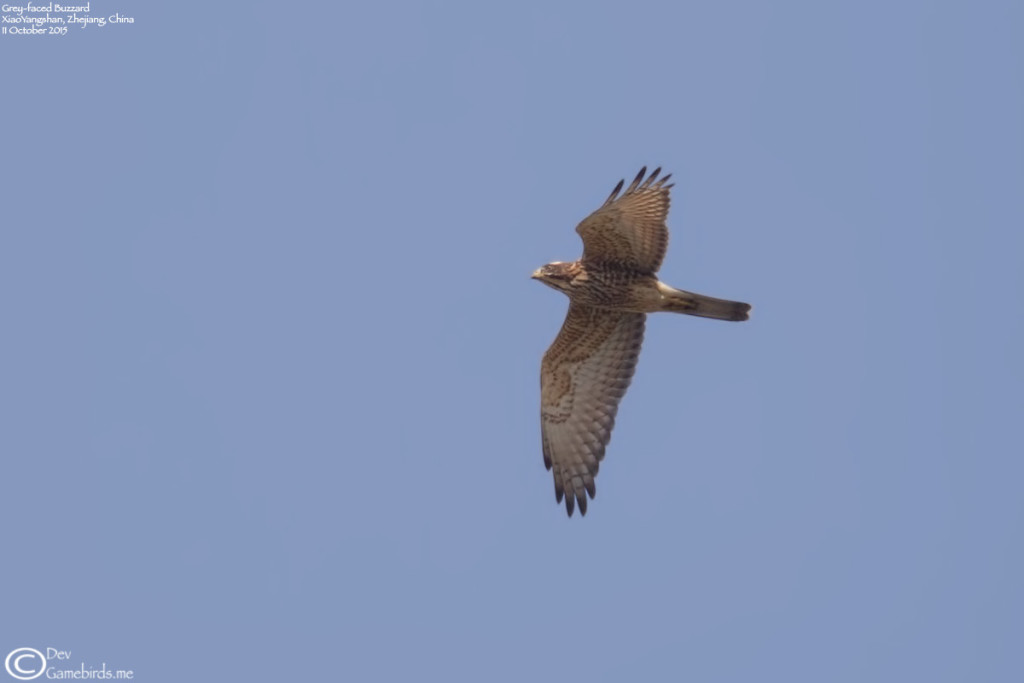
Juvenile Grey-faced Buzzard
When we saw it first, we knew it wasn’t Common Buzzard. Later checking back at home, the ID features “Pale supercilium, streaked breast and rusty spotted underwing coverts were unmistakable for a juv “Grey-faced Buzzard”. We also had a taste of other migrants Bull-headed Shrike, Eurasian Hobby. Compared to the last outing, the flycatchers no’s has dropped and more robins and few thrushes were seen, this clearly states that the migration has reached its last leg. The Daurian Redstarts and Red-flanked Bluetails were in good no’s. We had a brief views of a pair of “Chestnut Bunting“.
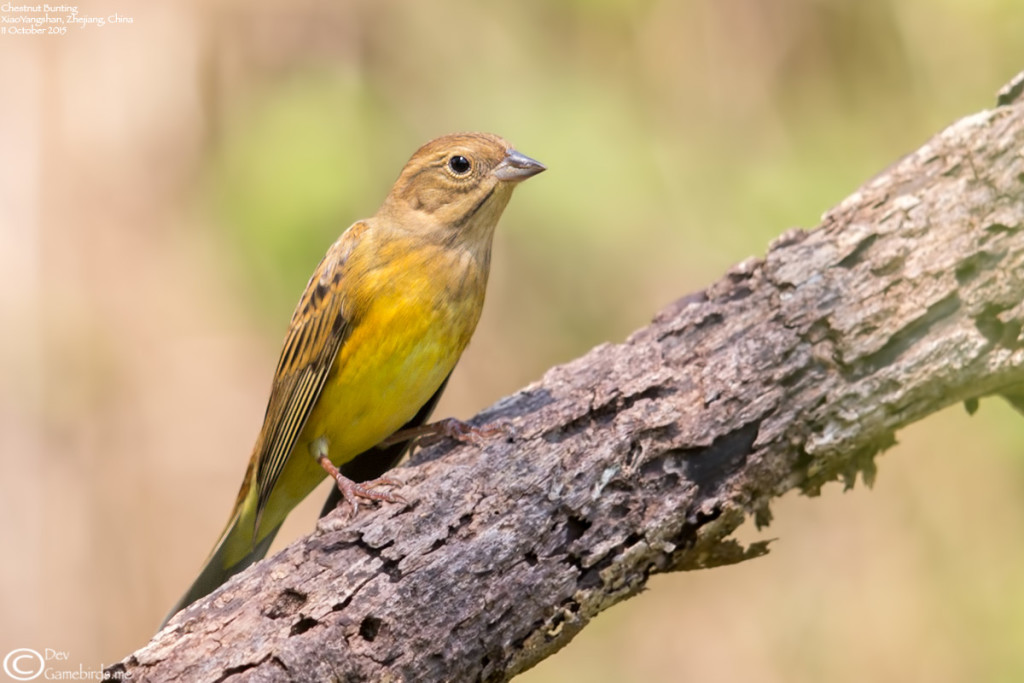
Female Chestnut Bunting
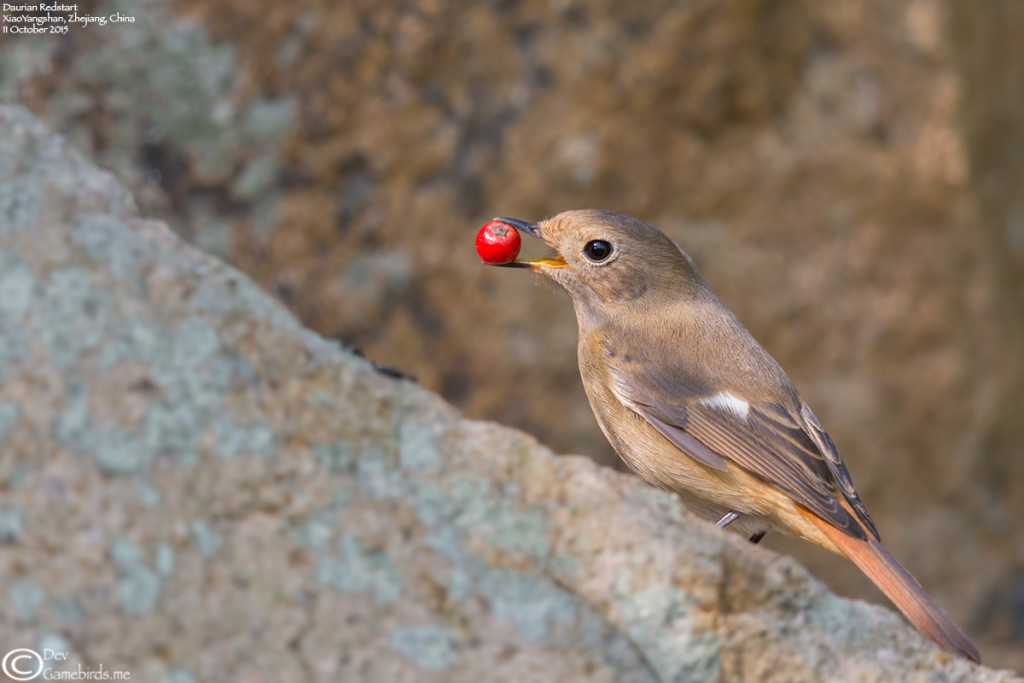
Daurian Redstart toying with a berry
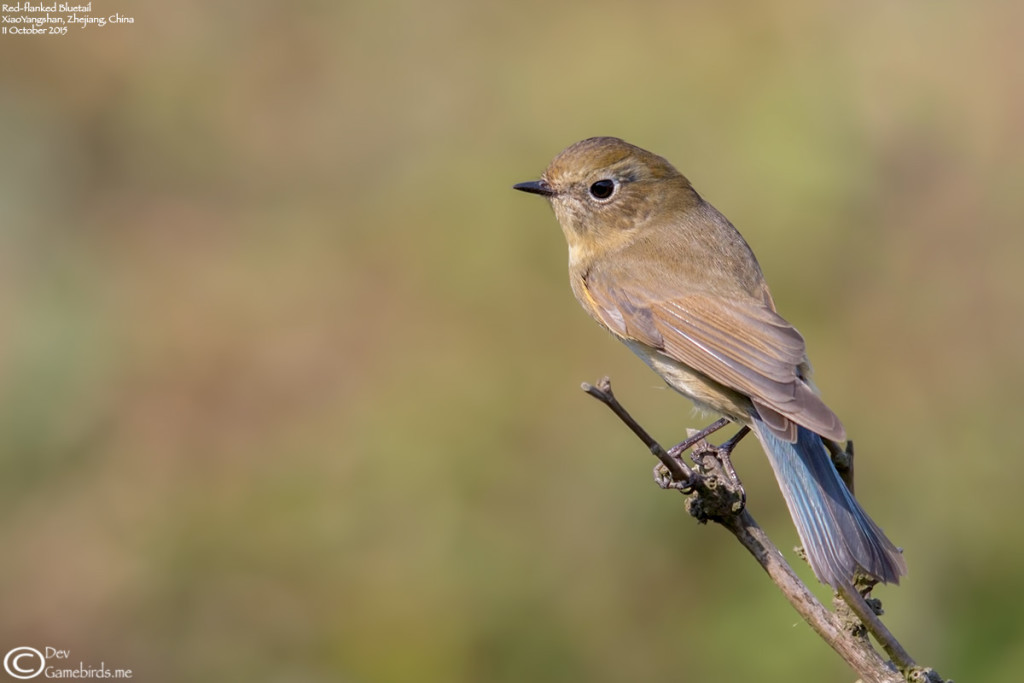
not so gorgeous females
Back at Nanhui, we had “Grey-backed Thrush“, “Eyebrowed Thrush“, “Swinhoe’s Robin” and a “Northern Boobook” again. Along the seawall, the grass has been mowed down, this has startled the hiding insects. Several thousand Barn Swallows were swooping around to enjoy the feast.I also, noticed few Barn Swallows with slightly dark underparts, I could not get any good views as it was almost dark. They could be the tytleri subspecies. Having seen them in April this year, it could be possible.

ssp tytleri
Trip 3 was on last Sunday (18 Oct) with Kevin Pickering and visiting US birder Rusty Wilson. We had no hard time in finding birds, infact the lifer birds for all of us were waiting in Yangshan already. A small flock of “Japanese Grosbeaks” gave some good views and a “Japanese Sparrowhawk” put up a short flight before beignning its hide n seek game. I wasn’t sure which Accipiter it was untill i checked the photos at home, the accipiter clearly showed 5 fingers, characteristic of the Japanese. 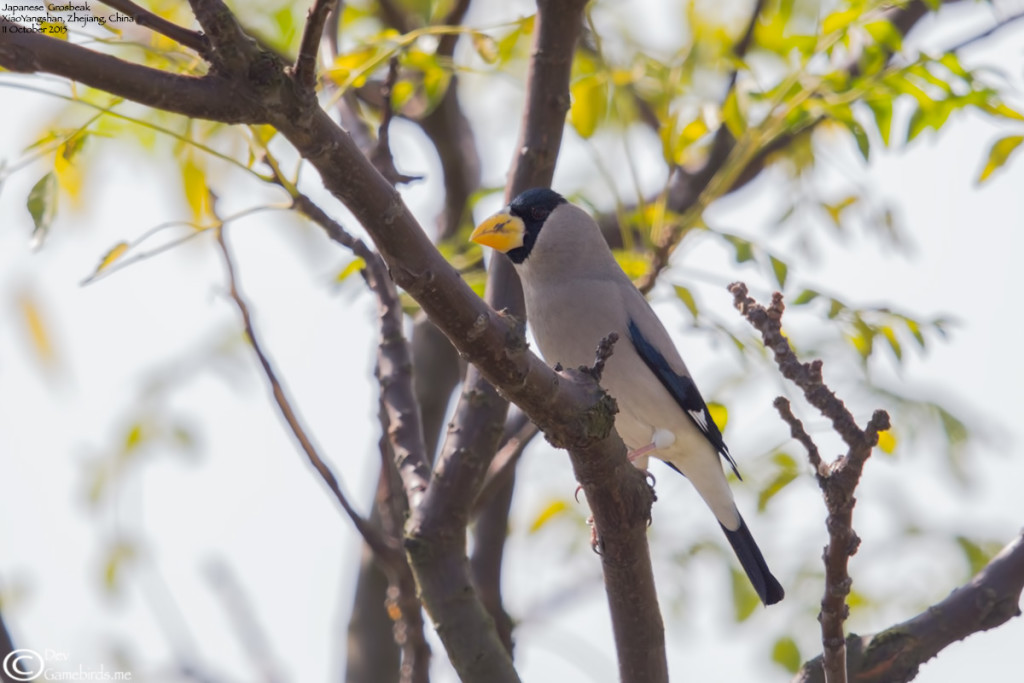
we also had good raptor action, with winter closing in, all the raptors were in a tight line to hold their territory. So plenty of aerial assualts, dive bombs, high speed manuers, half n full barrel rolls. (Amur Falcon, Eurasian Hobby, Peregine Falcon, Eastern Buzzard, Common Kestrel).
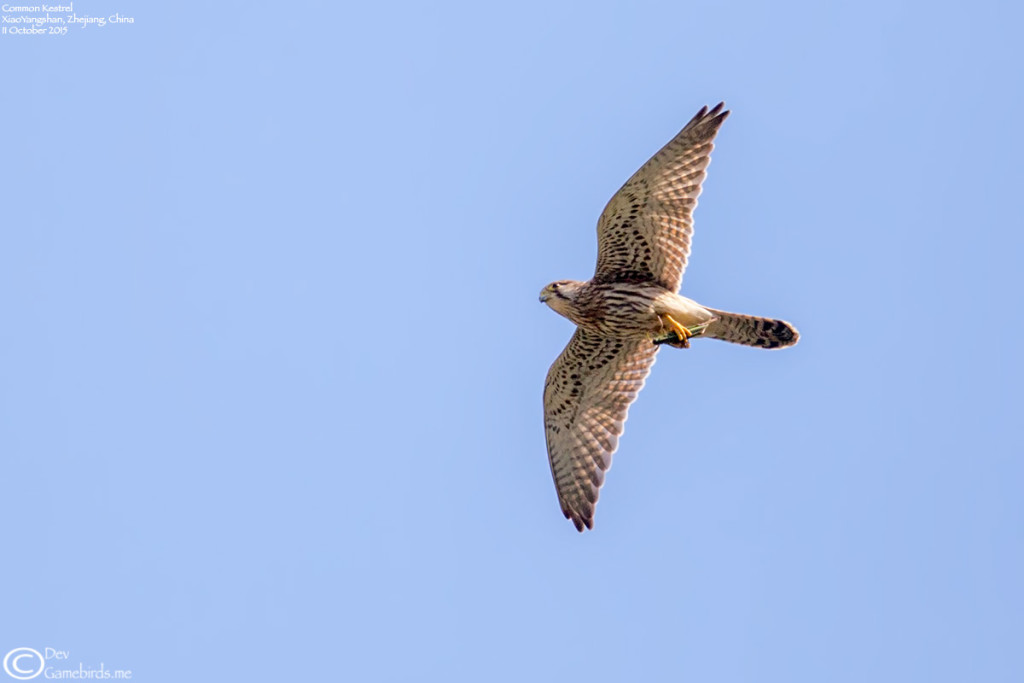
Breakfast served
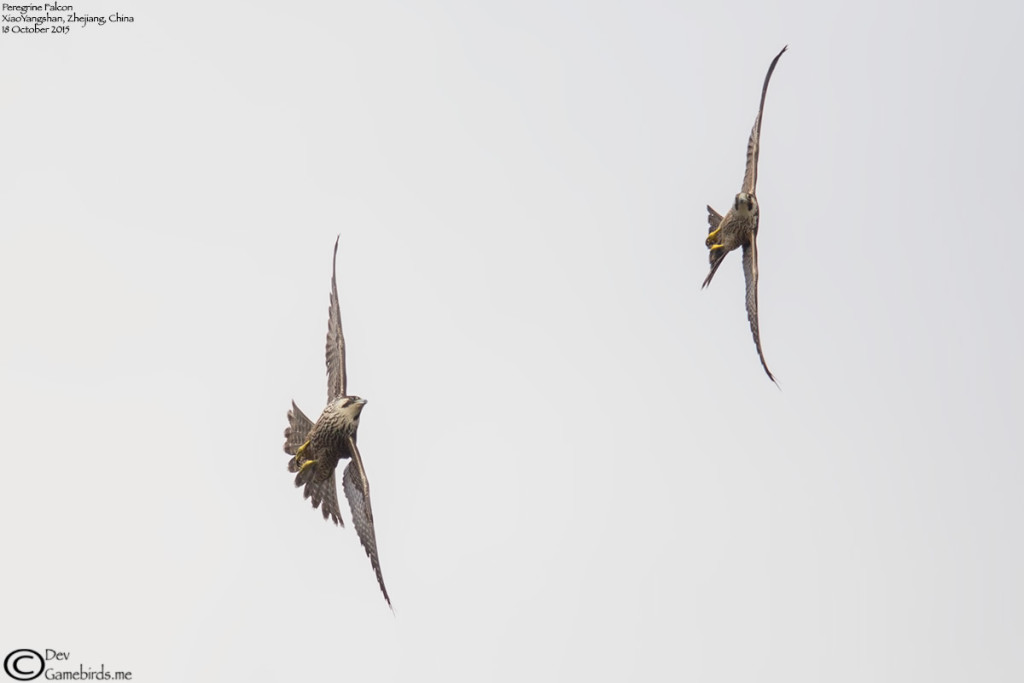
Knife gliding

The fastest species on Planet Earth
Overall it was a fun filled day with lifers on consecutive weekends. Also, it was bit confusing as the Robins and Thrushes have already arrived, some of the early migrants are still hanging around like the Stejneger’s Stonechat, Asian Stubtail and best of all, couple Himalayan Swiftlets. Back at Nanhui we had White-winged Terns, Eurasian Spoonbill and Red Knots. For these guys, someone has to remind them of the Stark family’s quote, “Winter is Coming”.

Goosebump claws

The Butcher
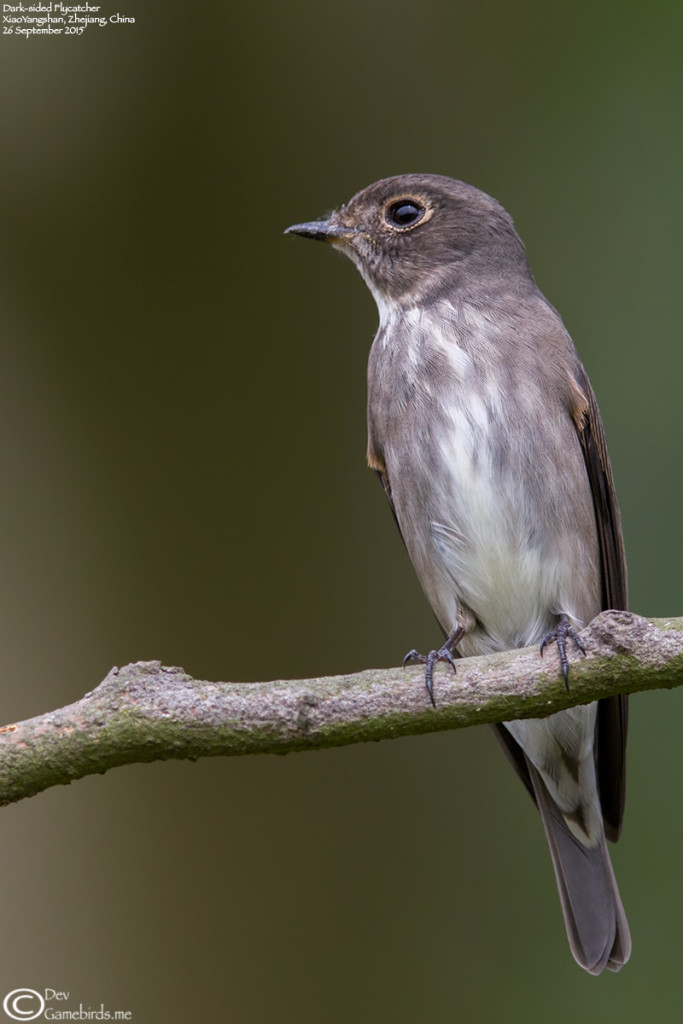
Recent Comments